Description
Students struggle analyzing primary sources! These practice worksheets on the Industrial Revolution and Immigration Era combine primary source excerpts and images with skills to help students think through the different processes they will need to be successful on state exams. Traditional strategies are often not successful in helping students practice the thinking that is required for primary source analysis on state level exams such as the STAAR.
After a careful analysis of test released questions, I have determined that a majority of primary source test items are dependent on four specific Social Studies skills. I have created graphic organizers to help students think through each of these four specific skills: cause and effect, main idea, inferencing, and drawing a conclusion.
In order to help students practice the Social Studies Skills required of the STAAR, I have created a series of graphic organizers based on the thinking of each skill. In this resource, you will receive:
-An explanation of the thought process behind each skill,
–8 different primary sources on the Industrial Revolution and Immigration Era – each embedded into a graphic organizer that provides practice for your students with identifying the main idea, cause and effect, generating inferences, and drawing conclusions,
–Google Slides, and
-A key for all of the graphic organizers!
⭐Please download the preview to see the resource.⭐
8th US History Social Studies TEKS
(10) Geography. The student understands the location and characteristics of places and regions of the United States, past and present. The student is expected to:
(A) locate places and regions directly related to major eras and turning points in the United States during the 17th, 18th, and 19th centuries;
(12) Economics. The student understands why various sections of the United States developed different patterns of economic activity through 1877. The student is expected to:
(A) identify economic differences among different regions of the United States; (B) explain reasons for the development of the plantation system, the transatlantic slave trade, and the spread of slavery;
(23) Culture. The student understands the relationships between and among people from various groups, including racial, ethnic, and religious groups, during the 17th, 18th, and 19th centuries. The student is expected to:
(A) identify racial, ethnic, and religious groups that settled in the United States and explain their reasons for immigration;
(D) analyze the contributions of people of various racial, ethnic, and religious groups to our national identity; and
(E) identify the political, social, and economic contributions of women to American society.
(27) Science, technology, and society. The student understands the impact of science and technology on the economic development of the United States. The student is expected to:
(A) explain the effects of technological and scientific innovations such as the steamboat, the cotton gin, the telegraph, and interchangeable parts;
(29) Social studies skills. The student applies critical-thinking skills to organize and use information acquired through established research methodologies from a variety of valid sources, including technology. The student is expected to:
(A) differentiate between, locate, and use valid primary and secondary sources such as media and news services, biographies, interviews, and artifacts to acquire information about the United States;
(B) analyze information by applying absolute and relative chronology through sequencing, categorizing, identifying cause-and-effect relationships, comparing, contrasting, finding the main idea, summarizing, making generalizations and predictions, and drawing inferences and conclusions;
(C) organize and interpret information from outlines, reports, databases, and visuals, including graphs, charts, timelines, and maps;
********************************************************************
➬Customer Tips:
How to get TPT credit to use on future purchases:
• Please go to your My Purchases page (you may need to login). Beside each purchase you’ll see a Provide Feedback button. Simply click it and you will be taken to a page where you can give a quick rating and leave a short comment for the product. Each time you give feedback, TPT gives you feedback credits that you use to lower the cost of your future purchases. I value your feedback greatly as it helps me determine which products are most valuable for your classroom so I can create more for you. ☺
Be the first to know about my new discounts, freebies and product launches:
• Look for the green star next to my store logo and click it to become a follower. You will now receive email updates about this store. ☺
© Social Studies Success, LLC. This purchase is for you and your classroom. Duplication for an entire school, an entire school system, or for commercial purposes is strictly forbidden. Please have other teachers purchase their own copy. If you are a school or district interested in purchasing several licenses, please contact me for a district-wide quote.
Please review all product descriptions and previews. If you have a question, contact me before you purchase at SocialStudiesSuccess1@gmail.com. As this is a digital product, all sales are final.
❤️ Dawn

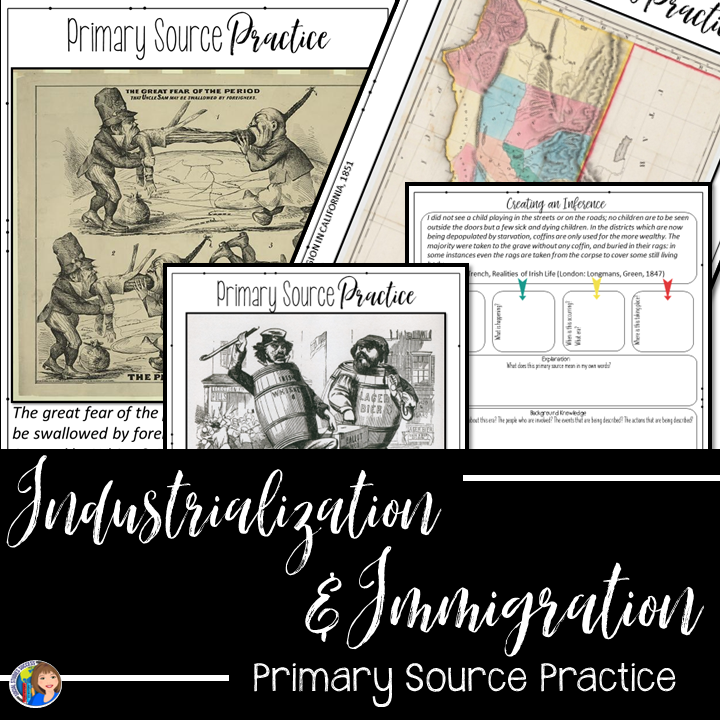
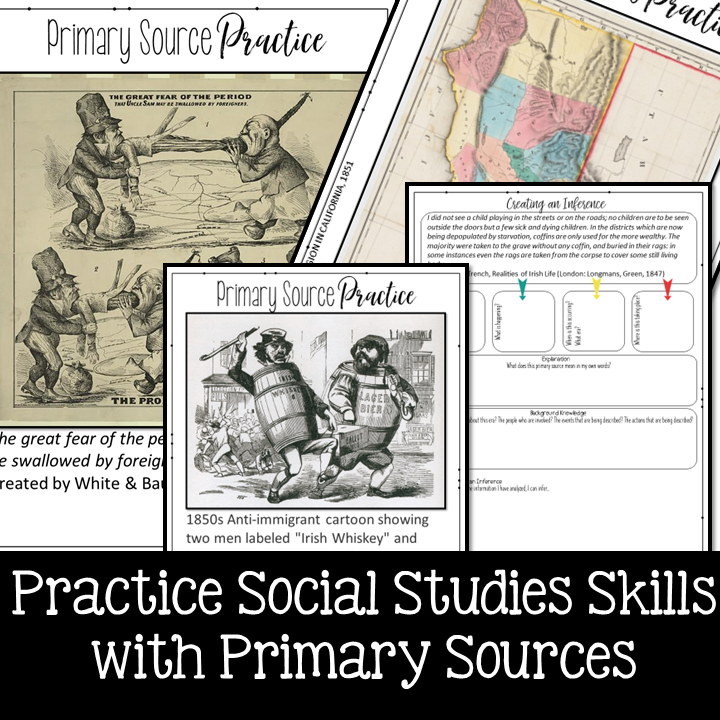
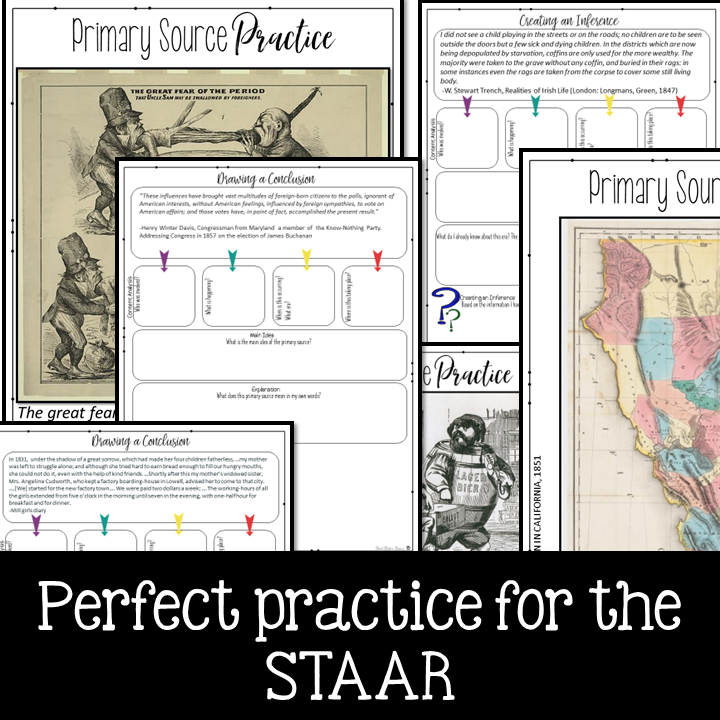
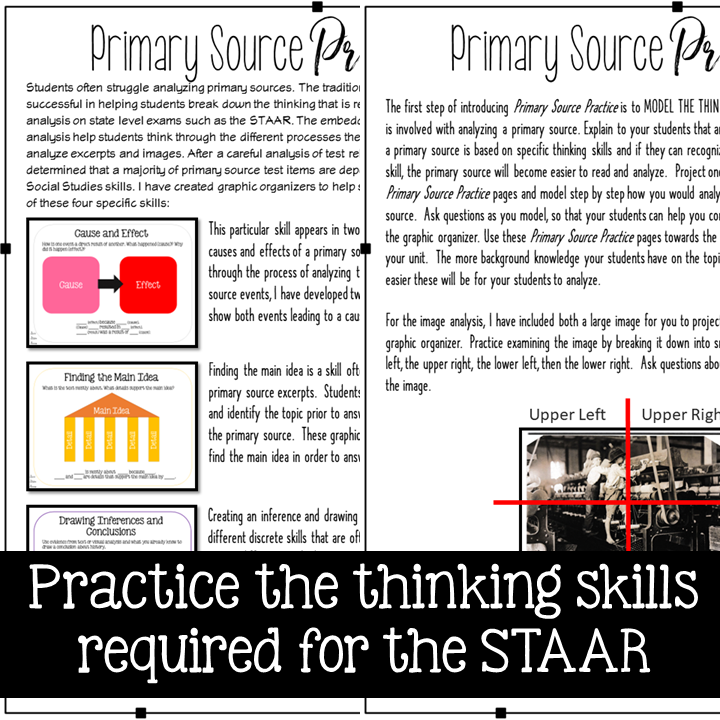
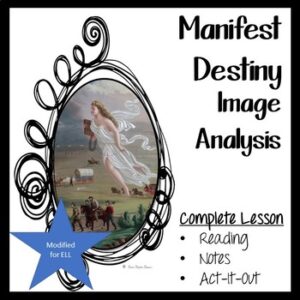
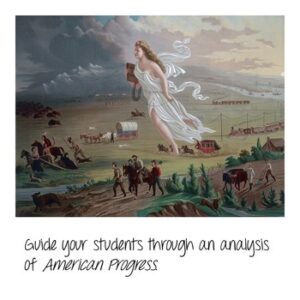
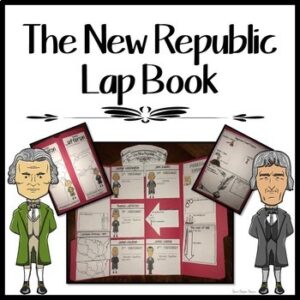
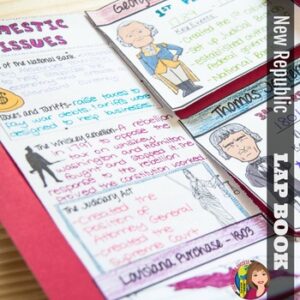

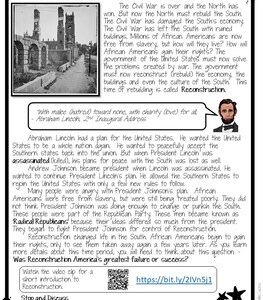

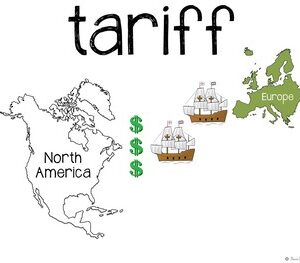


Reviews
There are no reviews yet.